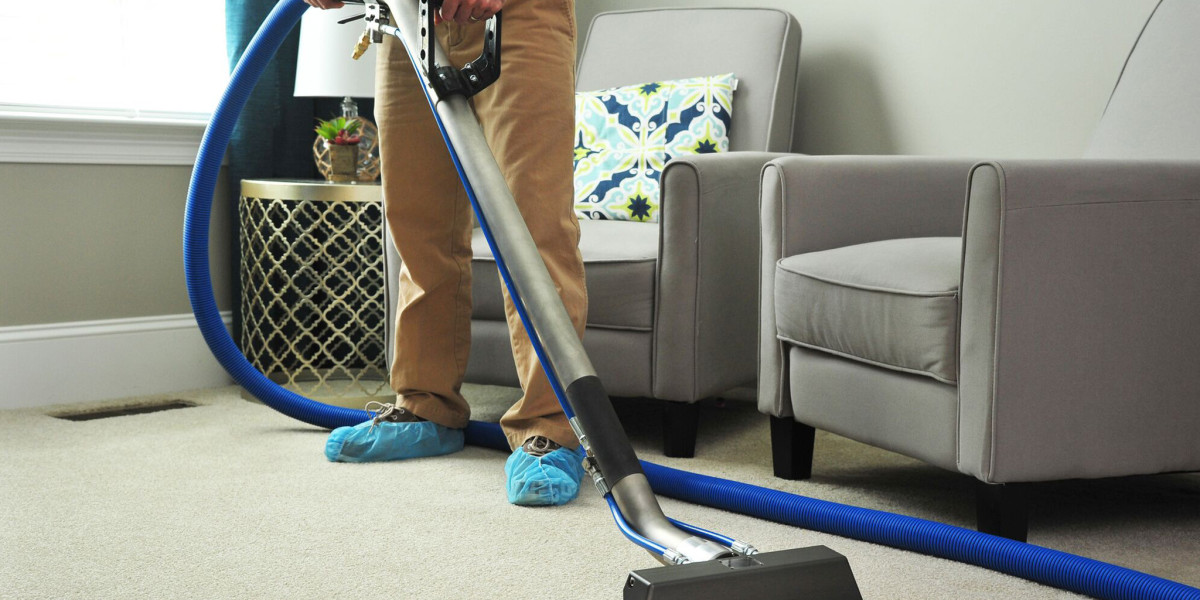UTI Treatment: How to Get Relief and Prevent Future Infections
Understanding UTI
Urinary tract infections (UTIs) are incredibly common, especially among women. They happen when bacteria enter the urinary tract, leading to symptoms like frequent urination, burning sensations, and lower abdominal pain. If left untreated, a UTI can become a more serious kidney infection, so prompt treatment is key.
Signs You Might Have a UTI
A strong urge to urinate, even when little comes out
A burning sensation while urinating
Cloudy, dark, or strong-smelling urine
Pain or pressure in your lower abdomen or back
Feeling tired or unwell
Fever or chills (which may indicate a more serious infection)
Effective UTI Treatments
1. Antibiotics: The Fastest Solution
UTIs are typically treated with antibiotics, which work quickly to clear the infection.
Commonly prescribed options include:
Nitrofurantoin (Macrobid)
Trimethoprim-sulfamethoxazole (Bactrim)
Fosfomycin (for uncomplicated cases)
Cephalexin or Ciprofloxacin (for more serious infections)
It’s important to take the full course of antibiotics, even if symptoms improve quickly, to prevent reinfection or antibiotic resistance.
2. Managing Pain and Symptoms
Drink plenty of water to flush out bacteria.
Use a heating pad on your lower abdomen for comfort.
Over-the-counter pain relief (like ibuprofen) can help with discomfort.
Urinary pain relievers like phenazopyridine (AZO) can reduce burning and urgency.
3. Natural Remedies & Lifestyle Changes
Cranberry juice or supplements may help prevent bacteria from sticking to the bladder.
D-Mannose is a natural sugar that some people use to help prevent UTIs.
Probiotics support a healthy balance of bacteria in the body, reducing UTI risk.
Wear breathable cotton underwear and avoid tight clothing to reduce moisture buildup.
Wipe front to back after using the bathroom to prevent bacteria from spreading.
When to See a Doctor
If your symptoms last more than a couple of days despite home care.
If you have fever, chills, nausea, or back pain—these could signal a kidney infection.
If you get UTIs frequently (more than three times a year), as this may require a long-term prevention plan.
How to Prevent Future UTIs
Stay hydrated and urinate regularly.
Urinate after sex to flush out bacteria.
Avoid irritating products like scented feminine washes or sprays.
Maintain good hygiene habits.
Final Thoughts
UTIs can be painful and frustrating, but they’re also highly treatable. Acting quickly with antibiotics, hydration, and symptom relief can help you feel better fast. By taking simple preventive steps, you can lower your chances of dealing with recurrent infections. If UTIs keep coming back, don’t hesitate to talk to your doctor about a long-term management plan.








